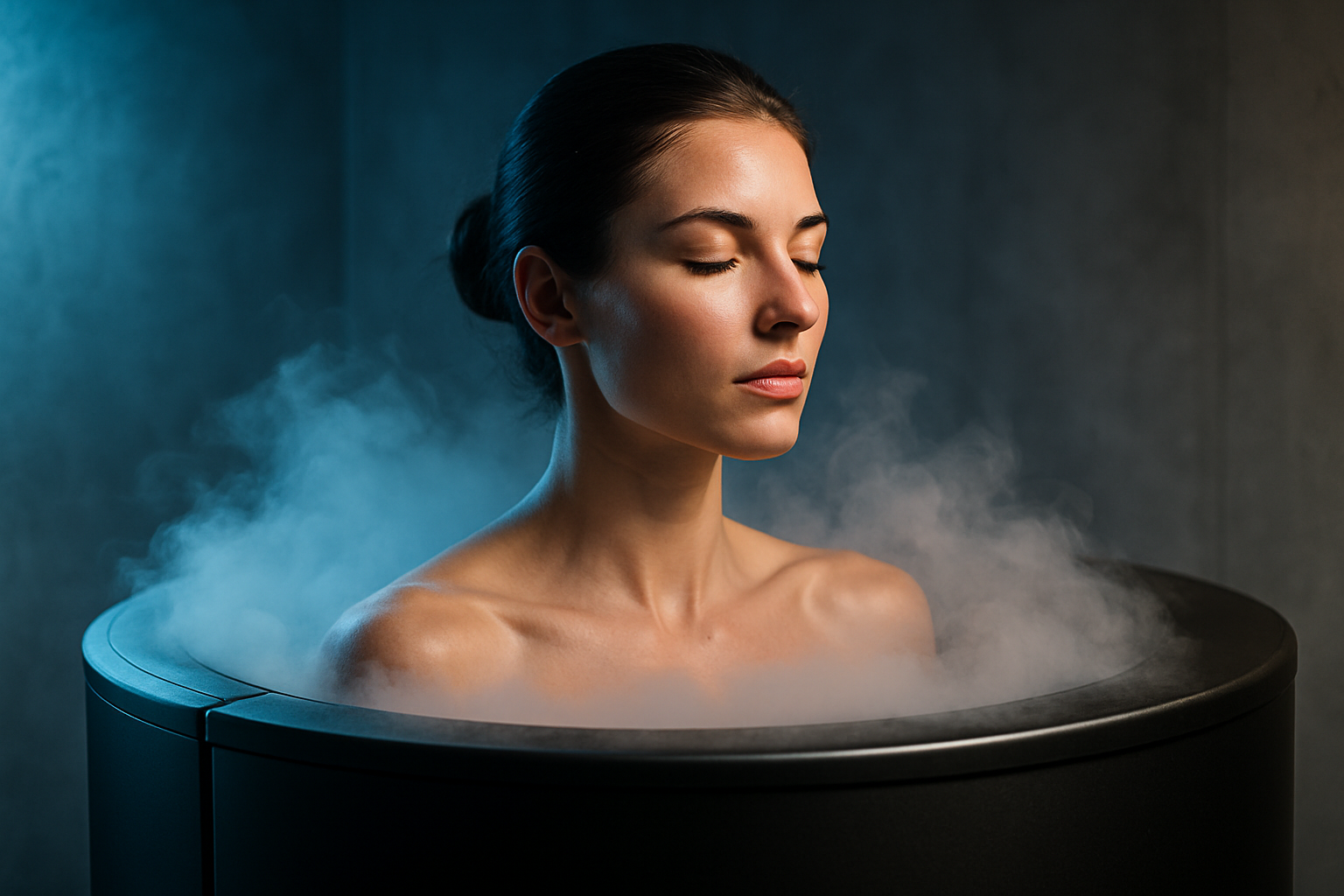Cryoskin: The Cool Revolution in Body Sculpting
The beauty and fitness industry is constantly evolving, with new technologies and treatments emerging to help individuals achieve their desired aesthetic goals. One such innovation that has been quietly gaining traction is Cryoskin, a non-invasive body contouring treatment that uses cold temperatures to reshape and tone the body. This cutting-edge technology has been making waves in the beauty world, offering a unique approach to fat reduction and skin tightening without the need for surgery or downtime. As more people seek alternatives to traditional cosmetic procedures, Cryoskin has emerged as a promising solution that combines the benefits of cryotherapy with targeted body sculpting techniques. In this article, we'll delve into the fascinating world of Cryoskin, exploring its origins, mechanisms, and potential impact on the future of body contouring.

Unlike traditional cryotherapy chambers that expose the entire body to sub-zero temperatures, Cryoskin allows for precise targeting of specific areas. This localized approach enables practitioners to focus on stubborn pockets of fat or areas that require skin tightening, such as the abdomen, thighs, arms, or face.
The Evolution of Cold-Based Treatments
The use of cold for therapeutic purposes is not a new concept. Ancient Egyptians used cold compresses to treat injuries and reduce inflammation as far back as 2500 BCE. In the modern era, cryotherapy gained popularity in the 1970s when Japanese rheumatologist Dr. Toshima Yamauchi began using extreme cold to treat rheumatoid arthritis.
The application of cold for cosmetic purposes, however, is a more recent development. The concept of cryolipolysis was first discovered by Harvard scientists who observed that children who ate popsicles frequently developed dimples. This led to the realization that cold temperatures could selectively damage fat cells without harming surrounding tissues.
Cryoskin, developed in France in 2012, represents the latest evolution in cold-based body contouring treatments. It builds upon earlier cryolipolysis technologies by offering a more versatile and comfortable experience for clients.
The Cryoskin Treatment Process
A typical Cryoskin session lasts between 20 to 40 minutes, depending on the area being treated. The procedure begins with a brief warm massage to prepare the skin and underlying tissues. This is followed by the application of the cooling device, which gradually lowers the temperature of the targeted area.
One of the unique aspects of Cryoskin is its ability to alternate between hot and cold temperatures. This thermal shock is believed to enhance the fat-reduction effects and stimulate collagen production, leading to improved skin texture and elasticity.
Clients often report that the treatment is comfortable and even relaxing. Unlike some other body contouring procedures, Cryoskin does not require anesthesia, incisions, or recovery time. Most individuals can return to their normal activities immediately after a session.
Beyond Fat Reduction: Skin Tightening and Facial Treatments
While Cryoskin is primarily known for its body contouring capabilities, it also offers applications for facial rejuvenation and skin tightening. The technology can be used to address fine lines, wrinkles, and sagging skin by stimulating collagen production and improving circulation.
For facial treatments, the device is set to a slightly higher temperature and uses gentler cooling cycles. This approach helps to reduce puffiness, minimize the appearance of pores, and create a more lifted and toned appearance.
The versatility of Cryoskin has made it an attractive option for both body and facial aesthetics, allowing practitioners to offer a comprehensive range of treatments with a single device.
Comparing Cryoskin to Other Body Contouring Methods
In a market saturated with body contouring options, Cryoskin stands out for several reasons. Unlike surgical procedures such as liposuction, Cryoskin is non-invasive and carries minimal risk of complications. It also differs from other non-invasive treatments like ultrasound or radiofrequency devices in its use of cold rather than heat to target fat cells.
Compared to earlier cryolipolysis technologies, Cryoskin offers greater flexibility in terms of treatment areas and can be used on smaller, more precise regions of the body. The alternating hot and cold cycles also set it apart, potentially enhancing its effectiveness and client comfort.
However, it’s important to note that Cryoskin is not a weight loss solution. It is most effective for individuals who are close to their ideal weight but struggle with stubborn fat deposits or mild skin laxity.
The Future of Cryoskin and Cold-Based Aesthetics
As the demand for non-invasive cosmetic procedures continues to grow, Cryoskin and similar cold-based treatments are likely to play an increasingly prominent role in the beauty and fitness industry. Ongoing research is exploring the potential of combining cryotherapy with other modalities, such as LED light therapy or microcurrent stimulation, to enhance results and address a wider range of aesthetic concerns.
The technology behind Cryoskin is also evolving, with newer devices offering more precise temperature control and improved treatment protocols. As our understanding of the body’s response to cold therapy deepens, we may see even more innovative applications in the field of body sculpting and skin rejuvenation.
In conclusion, Cryoskin represents a cool revolution in the world of body contouring and facial aesthetics. By harnessing the power of controlled cold, this technology offers a unique approach to reshaping the body and rejuvenating the skin. As with any cosmetic treatment, it’s essential for individuals to consult with qualified practitioners and maintain realistic expectations. However, for those seeking a non-invasive alternative to traditional body sculpting methods, Cryoskin presents an intriguing and potentially transformative option in the ever-expanding landscape of beauty and fitness innovations.





